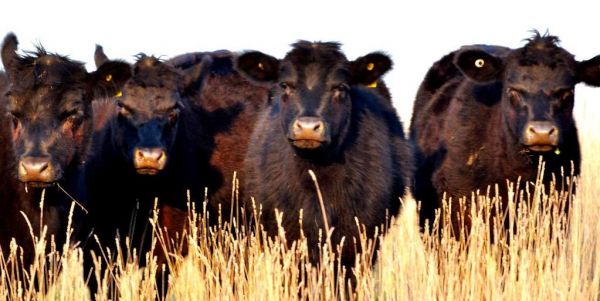|
It is understood that fertility is affected when sheep experience temperatures over 41 C for greater than 9 hours on the mating day or for 3 days after mating. This reduced fertility is due to early embryonic mortality. Given the extreme temperatures experienced in many regions in early January, many ewes are at risk of suffering embryo mortality.

Every ewe that slips one cycle because of heat stress needs another cycle to conceive. When heat waves occur during the mating period you should consider using a third or additional mating cycle as risk insurance.
After an extended period of heat stress, producers should have their flocks pregnancy-scanned to identify non-pregnant and twin-bearing ewes, and plan re-joining the empty ewes in Autumn.
Once producers have established which sheep have remained pregnant during this hot period, the producers should consider the effects of heat stress on growth of the foetus.
If ewes are exposed to heat stress experimentally for the last 15 days of gestation, then the weight of the placenta and the foetus are reduced resulting in reduced rearing rates.
It appears that improving nutrition after heat stress is unlikely to improve the birth weights of growth-restricted lambs, although there will be improvements in lactation quality and in early post-natal growth. In the case of growth-restricted lambs, improved lactation is important for growth to weaning and subsequent weaner survival.
|
